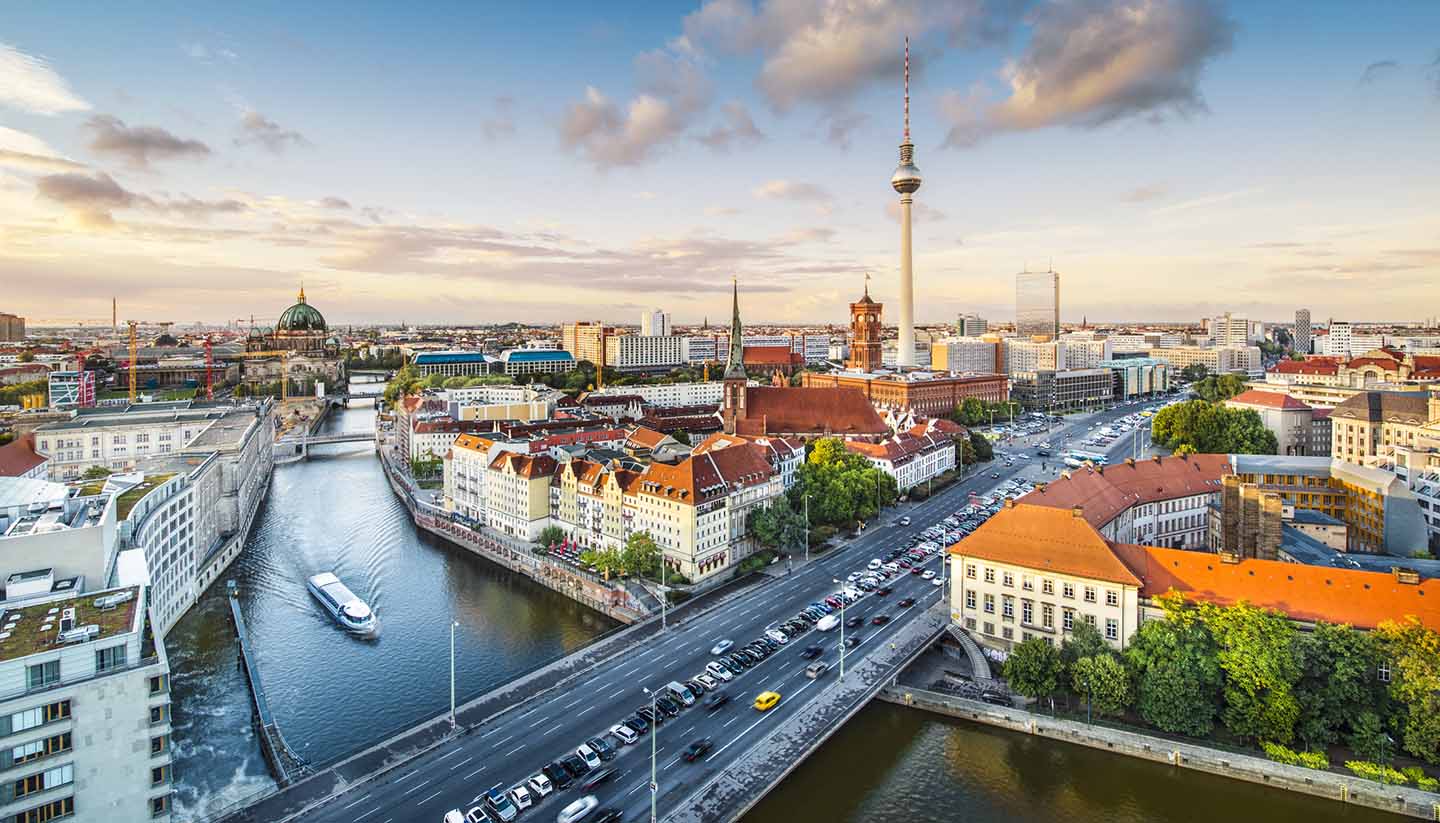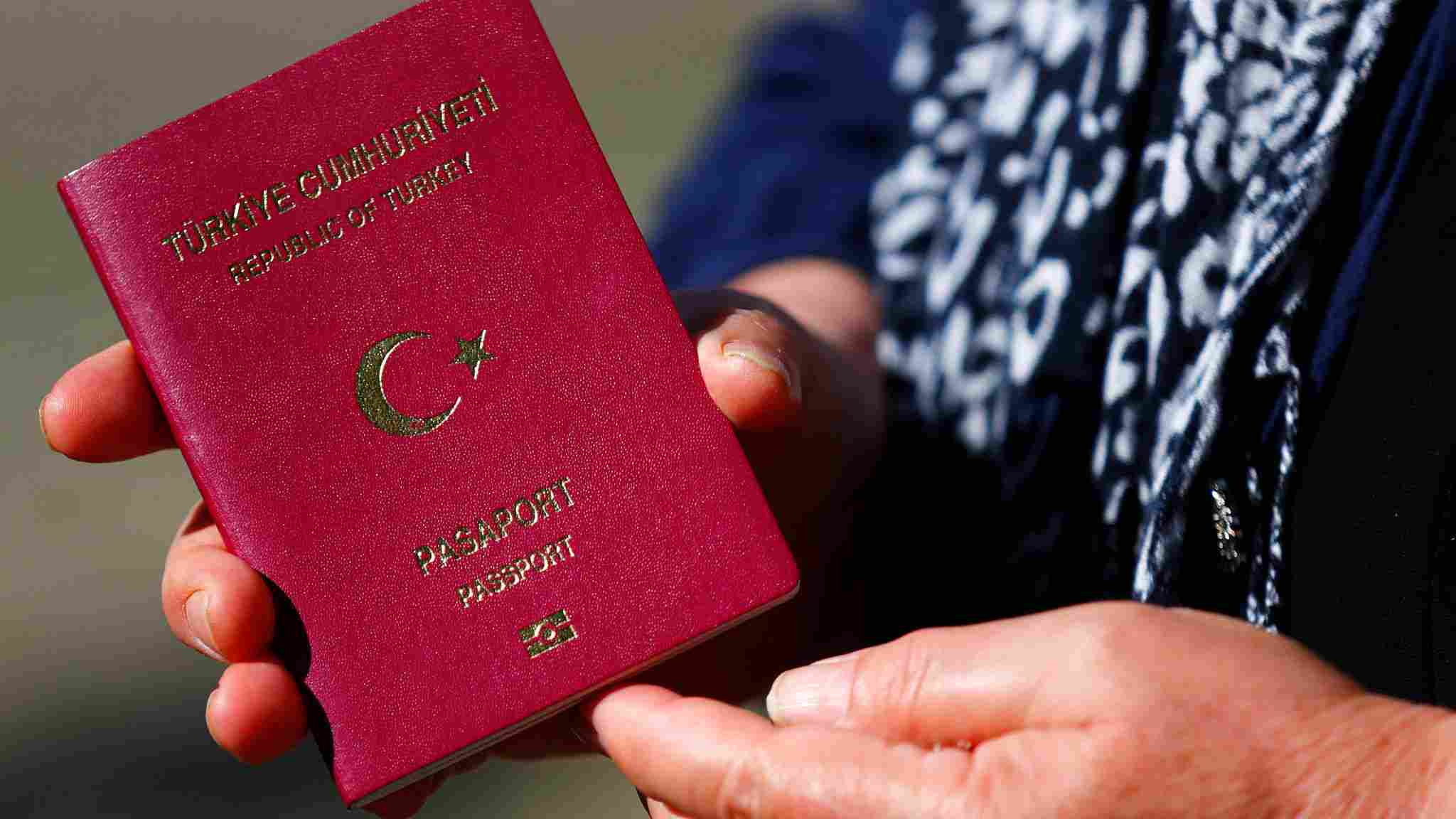Traveling between Sweden and Finland is a fascinating journey shaped by geographic, cultural, and social factors. Despite their close proximity—just a ferry ride or a short flight apart—the way Swedes travel to Finland varies significantly. This blog post delves into the unique nuances of travel between these two Nordic neighbors, exploring the motivations, experiences, and historical contexts that influence how and why people make this trip. Understanding these aspects not only enriches the travel experience but also highlights the deep connections between the two countries. The allure of Finland for many Swedes is evident, whether it’s for a weekend getaway, a family visit, or a business trip. The ease of access via ferries and flights contributes to a vibrant interchange between the nations. However, the experiences can differ greatly depending on the traveler’s origin in Sweden and their purpose for visiting. By examining these dynamics, we can appreciate the rich tapestry of relationships that define the Swedish-Finnish connection.

Geographic Considerations
The geographical landscape between Sweden and Finland plays a critical role in shaping travel patterns. Separated by the Gulf of Bothnia, these countries require ferry or air travel for most cross-border journeys. The absence of direct land routes between major cities makes driving impractical for most travelers. Instead, ferries offer a scenic route, combining transportation with a unique recreational experience that many find appealing. In northern regions, where the borders overlap, crossing into Finland can be more straightforward. Here, highways and local routes facilitate easier travel, especially for those visiting family or engaging in leisure activities. The ferry system is particularly popular among residents of southern Sweden, where weekend cruises to Helsinki have become a cultural phenomenon. These ferries not only serve as a means of transport but also as a venue for socializing and entertainment, creating an experience that goes beyond mere transit. Understanding the geographical factors that influence travel between Sweden and Finland is essential for grasping the nuances of cross-border interactions. The interplay of distance, available transportation modes, and regional differences all contribute to how these two nations connect.
Cultural Ties and Historical Context
The cultural and historical ties between Sweden and Finland are profound and complex. For over 600 years, these nations were united under a single kingdom, fostering deep-rooted connections that continue to influence their relationship today. Many Swedes have Finnish ancestry, resulting in familial ties that span the border. This shared heritage is evident in the Finnish-Swedish communities that thrive in both countries, further solidifying cultural bonds. The history of Swedish and Finnish relations is marked by shared traditions, language influences, and mutual respect. However, these ties also give rise to complex dynamics regarding identity and cultural perception. While many Swedes feel a strong kinship with their Finnish neighbors, there are also stereotypes and misconceptions that can complicate interactions. Understanding this historical context is vital for appreciating the current travel habits and social dynamics between the two nations. Cultural events, festivals, and shared language create opportunities for Swedes and Finns to engage meaningfully. Whether through music, art, or culinary exchanges, these cultural ties enrich the travel experience, providing deeper insights into one another’s traditions and lifestyles. As travelers navigate the nuances of cross-border relationships, they often discover the layers of history and culture that define the Nordic experience.
Popular Travel Trends
Travel trends between Sweden and Finland reveal a rich tapestry of motivations and preferences shaped by geography and culture. Weekend cruises to Helsinki are particularly popular among residents of southern Sweden. These trips often emphasize the cruise experience—complete with entertainment, dining, and tax-free shopping—over extensive sightseeing in Finland. The allure of a quick getaway, combined with the opportunity for leisure and relaxation, makes these cruises an attractive option for many. Conversely, residents in northern Sweden may have different travel motivations. For them, trips to Finland are often centered around family visits or leisure activities, reflecting a stronger personal connection to the neighboring country. This regional divergence highlights the varying priorities and experiences of travelers from different parts of Sweden. Popular destinations within Finland, such as Helsinki, Turku, and Åland Islands, cater to these diverse travel interests. The vibrant cultural scene in Helsinki, with its museums, restaurants, and festivals, draws many visitors. In contrast, the serene landscapes of Åland offer a peaceful retreat for those seeking tranquility. By understanding these travel trends, we can gain insight into how Swedes perceive Finland and what drives their travel choices.
Economic and Professional Travel
The economic relationship between Sweden and Finland is robust, facilitating a steady flow of professional travel between the two nations. Many Swedish companies have operations in Finland, creating a necessity for regular business exchanges. This economic interdependence not only impacts travel frequency but also blurs the lines between work and leisure for many professionals. Business trips often coincide with leisure travel, as professionals take advantage of their time in Finland to explore its cultural offerings. This dual purpose enriches the travel experience, allowing individuals to forge connections while enjoying the sights and sounds of a neighboring country. Industries such as technology, manufacturing, and finance have strong ties across the border, further fueling the demand for business travel. Understanding the economic connections between Sweden and Finland is critical for grasping the practical aspects of travel. As companies continue to expand their operations and collaborations in both countries, the need for frequent travel will likely persist. This ongoing exchange not only enhances business relationships but also fosters greater cultural understanding and cooperation between the two nations.
Social Perceptions and Stereotypes
Social perceptions and stereotypes play a significant role in shaping interactions between Swedes and Finns. Many view Finns as more reserved and direct in their communication, a trait that contrasts with the typically more laid-back Swedish demeanor. These cultural differences can lead to misunderstandings but also provide opportunities for enriching interactions. When Swedes and Finns gather, the social dynamics can highlight these contrasts. Humor often serves as a bridge between the two cultures, helping to ease any initial awkwardness. However, it’s important to recognize that underlying cultural nuances influence relationships and perceptions. The Finnish preference for straightforwardness can be refreshing to some, while others may find it challenging. Exploring these social dynamics helps to understand the complexities of cross-border relationships. While stereotypes can sometimes be limiting, they also reflect shared Nordic traits that contribute to a sense of identity. By engaging with one another and breaking down these perceptions, travelers can foster deeper connections and appreciate the rich diversity that exists within Nordic cultures.
The Impact of the Pandemic
The COVID-19 pandemic has significantly altered travel habits, with cross-border trips between Sweden and Finland declining sharply during lockdowns and restrictions. Weekend cruises that once thrived became subject to strict regulations, reshaping social interactions and travel norms. As the world slowly returns to normalcy, it’s essential to examine the long-term effects of the pandemic on travel between these two nations. Many travelers have adapted to new norms, exploring alternative ways to engage with each other while maintaining safety. Virtual events, online gatherings, and digital communications have become commonplace, allowing individuals to stay connected despite physical barriers. However, as travel restrictions ease, there is a renewed interest in experiencing the cultural richness of Finland firsthand. Analyzing these changes provides a current perspective on the evolving travel landscape. As people regain confidence in traveling, shifts in preferences and patterns may emerge. The pandemic has prompted many to reassess their travel motivations, focusing on meaningful experiences rather than mere sightseeing. This introspection may shape the future of travel between Sweden and Finland, leading to a more intentional approach to cross-border interactions.
Conclusion
Travel between Sweden and Finland is influenced by a complex interplay of geography, culture, and evolving social dynamics. While many Swedes journey to Finland for various reasons, the nature of these trips varies widely. From weekend cruises to family visits, understanding these factors enriches the narrative of Nordic relationships and travel. As the world continues to navigate changes brought about by the pandemic, the future of travel between Sweden and Finland remains an intriguing subject. The connections between these two nations are deep-rooted and ever-evolving, shaped by history, culture, and economic ties. By exploring the nuances of travel between Sweden and Finland, we gain valuable insights into the rich tapestry of Nordic relationships.
Future Outlook
Looking ahead, the potential for increased travel and cultural exchange between Sweden and Finland is promising. As both nations adjust to post-pandemic realities, travel trends may shift toward more meaningful and intentional interactions. The role of technology will also continue to shape travel habits, providing new avenues for engagement and connection. As travelers increasingly prioritize experiences over mere destinations, opportunities for deeper cultural exchanges will emerge. Whether through collaborative projects, artistic endeavors, or shared community events, the future of Sweden-Finland travel holds great potential. Encouraging readers to reflect on their own experiences and perspectives can foster a greater appreciation for the connections that bind these two Nordic neighbors together. As we anticipate what lies ahead, it is clear that the relationship between Sweden and Finland will continue to evolve, driven by a shared history, cultural ties, and a mutual desire for connection.
 The Safety of Berlin: A Comprehensive Guide for Tourists and Residents
The Safety of Berlin: A Comprehensive Guide for Tourists and Residents